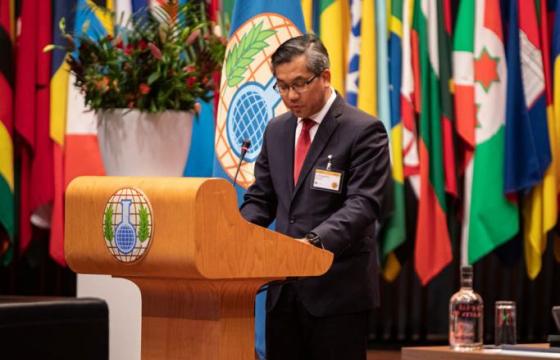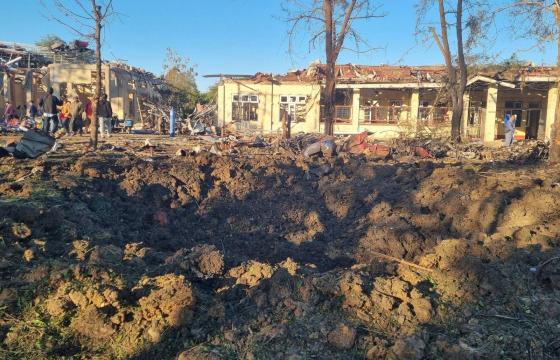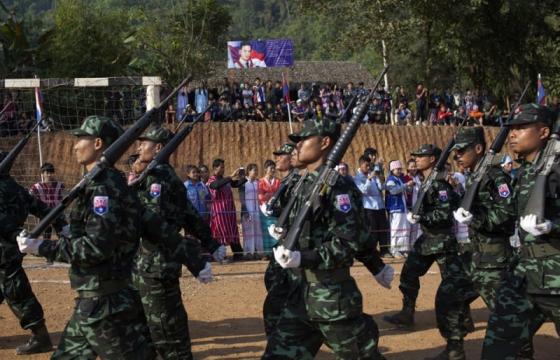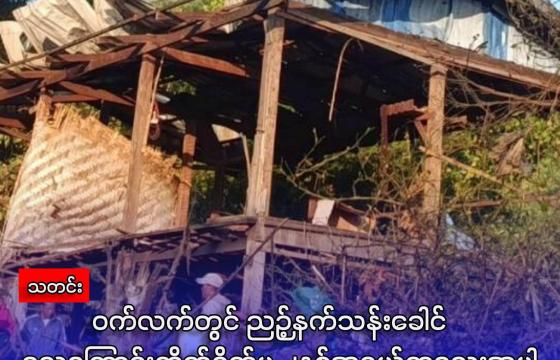The Myanmar people will this week mark the 60th anniversary of the 7th July Students Uprising in Rangoon. This event was written in blood as over 100 students lost their lives and 6,000 were arrested, according to an unofficial tally of the casualties.
The students uprising – in the immediate wake of General Ne Win’s military coup in 1962 – set the tone for student and public agitation against a succession of brutal military regimes that over the decades denied the people the chance, through democratic process, to choose their own government.
No Burmese or Myanmar government has accepted the real casualty tally surrounding the student uprising and the brutal push-back by the regime.
STARTING POINT
The coup of the Revolutionary Council Chaired by General Ne Win on 2 March 1962 was the root cause of the 7th of July Revolution. It also set the foundation of military dictatorship in Burma.
On 4 March 1962, a combined force of students’ unions including the Ta-Ka-Tha, Ya-Ka-Tha and Ba-Ka-Tha released a joint statement with an objection to the coup. As for General Ne Win who had held a grudge against students since the tenure of the interim government in 1958, he sent for members of the University Executive Council and met with them at Dagon Hall on 10 May. He then abolished the Council, accusing the teachers of lacking morality and claiming political misconduct among the students. He also set up a new council and put it under military control.
These moves were harshly criticized by the students’ unions as another power grab by the Revolutionary Council, lording over the university administration.
On 18 June, the military government issued 22 rules for university students staying in dormitories –oppressive dictates that had nothing to do with schooling, a move that prompted growing discontent among the students.
At 1:00 p.m. on 7 July, there was a meeting of students at the Union Meeting Hall. There, they made decisions to disapprove of the harsh rules on students and called for the abolishment of the University Acts. After that, the students marched on the campus, chanting slogans. In front of the Convocation Hall, the rally parted peacefully. At about 2:30 p.m., two riot police cars arrived and the police arrested student leaders including Ko Ba Swe Lay, Ko Thet and Ko Nyan Win.
SHOOTING BREAKS OUT
After the arrest of the student leaders, the police raided the Union Building. Some of them also took positions in the nearby house of Professor U Kar. At that time, some students closed the gate on Adibadi Road whereas others locked the gate of Thatone Hall. Trying to enter the compound of the Union, the students were faced with the police with shields blocking their way. Some of them were beaten with batons and some others were hit with tear gas.
Some students carried away the injured and the remaining ones threw stones, bottles and sticks at the police. Consequently, both sides saw injury. In the evening, more military trucks arrived. As security forces opened gunfire and threw tear bombs into the groups of students at Mandalay Hall, Yarmanya Hall and along Adibadi Road, dozens of students are said to have lost their lives.
According to the then military government, 17 students died and 27 others were injured. But in reality, the number of casualties was estimated to be more than that. According to the list of patients at Yangon General Hospital that day, 17 students lost their lives and 69 others were injured.
Moreover, another 68 students were reportedly sent to Mingaladone Military Hospital.
Unfortunately, the exact number of casualties is still unknown. Hundreds may have lost their lives and hundreds of others were injured.
BLOWING UP THE UNION BUILDING
At about 5:00 a.m. the following morning, the military government blew up the Students’ Union Building, which had been donated by a rich man named U Nyo in 1927. The historic building was reduced to rubble.
The Students’ Union Building was where the love for the country had been nurtured and the most important political events had been born throughout the national liberation movement since the colonial and fascist times. The demolishing of such a historic national landmark building showed to what an extent the military dictators held a grudge against youth and students.
Even to this day, it is not known who gave the order to to bomb the Union Building. General Ne Win denied it later and so did Brigadier-General Aung Gyi, the second in command of the Revolutionary Council.
Clearly, General Ne Win bears responsibility.
On the same day, he delivered a fiery speech on Myanmar Radio and Television portraying the incident as the work of a treacherous group of “communist students”. He concluded his statement warning that 'if these disturbances were made to challenge us, I have to declare that we will fight sword with sword and spear with spear'.
In memory of the students who had lost lives on 7th July, a memorial was set a year later when the schools were reopened. During its opening ceremony, Thakin Kodawhmaing gave a speech saying that the building might be demolished, but not the union spirit. His words still have a special place in the heart of students. The same is true of the actions of Ko Kyaw Win, a student from Myaungmya who wrote “Don’t forget the 7th July” on a wall of the dormitory with his own blood from a gunshot injury on that revolutionary day.
STUDENT ACTIVISM
The bloody 7th July Students Uprising and the response in killing students and blowing up the Students Union Building set a hallmark for subsequent rebellion by students over the decades against a succession of repressive military regimes.
The military dictators may have assumed that they were able to break the spirit of students. But the influence of students can be seen in the subsequent historical events including the U Thant Funeral Crisis in 1974, the Students’ Strike on 6 June 1975, and Hmaing Centenary Political Movement in 1976, the 1988 Uprising and the Spring Revolution in 2021.
This year on 7th July, the Myanmar people will cast their minds back to the students who spilled their blood in response to the military dictatorship.
The students’ opposition to illegal military rule lives on.






